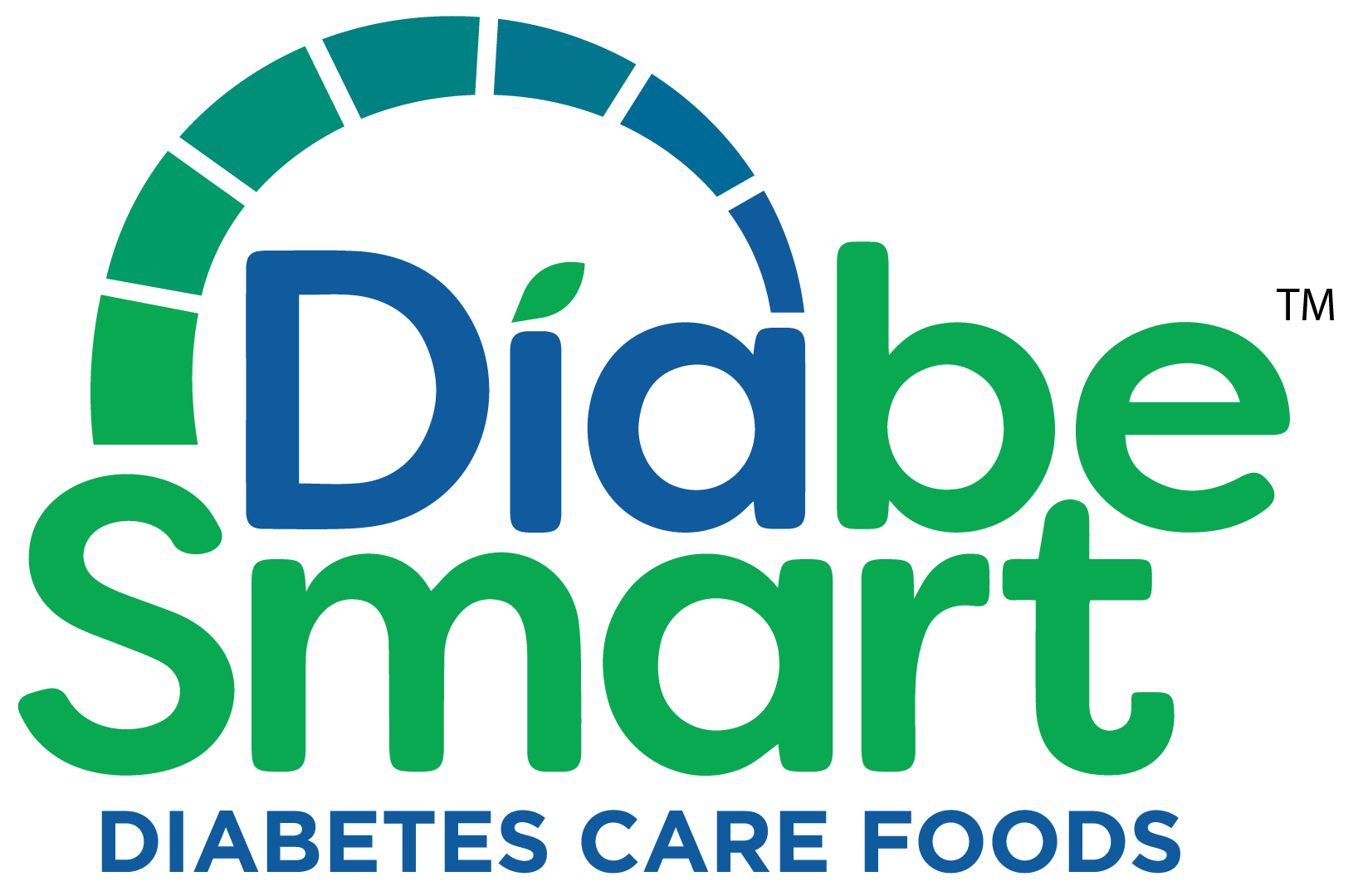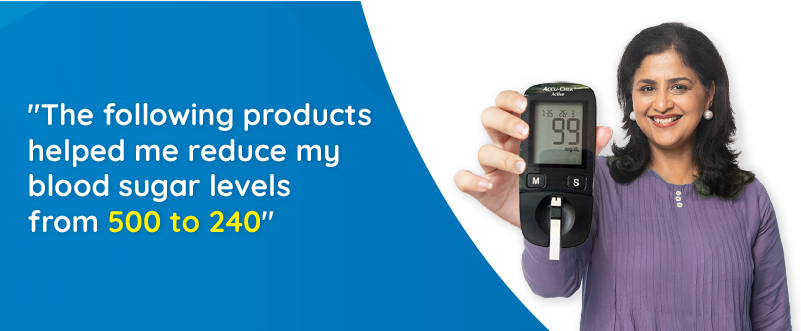Paschimottanasana, also known as Seated Forward Bend Pose, is a fundamental asana in yoga practice. This pose involves forward bending while sitting down with legs extended, engaging the entire body in a gentle stretch. The term 'Paschimottanasana' originates from Sanskrit, where 'Paschima' means west, 'Uttana' means intense stretch, and 'asana' means pose.
Practicing Paschimottasana holds immense significance in yoga as it helps in stretching the entire back of the body, including the spine, hamstrings, and shoulders. It promotes flexibility in the muscles, tendons, and ligaments, resulting in improved circulation and oxygen supply to these areas. This asana also aids in calming the mind and relieving stress by focusing on deep breathing and mindfulness.
Furthermore, Paschimottanasana is beneficial for improving digestion and stimulating the abdominal organs, thus enhancing metabolism. It also helps in correcting postural misalignments and toning the core muscles. Incorporating Paschimottanasana into your yoga routine can lead to increased energy levels, a sense of relaxation, and a deeper mind-body connection.
Understanding Yoga
1). Yoga encompasses of recognizing its multifaceted nature, encompassing physical postures (asanas), breathing techniques (pranayama), meditation, and philosophical principles. Originating in ancient India, yoga aims to harmonize the body, mind, and spirit, promoting holistic well-being.
2). Yoga offers numerous benefits, including improved flexibility, strength, balance, and posture. It also enhances mental clarity, reduces stress, and cultivates mindfulness.
3). Through the practice of asanas, pranayama, and meditation, individuals can develop a deeper connection to themselves and their surroundings, fostering inner peace and contentment.
4). Yoga is adaptable to various fitness levels and can be tailored to address specific health concerns, such as chronic pain, anxiety, or insomnia. With regular practice, individuals can experience profound transformations in their physical, mental, and emotional health, ultimately leading to a more balanced and fulfilling life.
Physical Benefits of Paschimottanasana:
-
Improved Flexibility: Paschimottanasana helps stretch and lengthen the hamstrings, spine, and back muscles, leading to increased flexibility over time.
-
Enhanced Digestion: The compression of the abdomen during this asana stimulates the digestive organs, promoting better digestion and reducing bloating.
-
Better Posture: By elongating the spine and strengthening the back muscles, Paschimottanasana aids in correcting and maintaining good posture.
-
Strengthened Back Muscles: The act of bending forward engages the back muscles, toning and strengthening them effectively.
-
Relief from Sciatica: Regular practice of Paschimottanasana can alleviate sciatic pain by stretching the sciatic nerve and improving circulation in the lower back.
-
Calms the Mind: The act of forward bending has a calming effect on the mind, reducing stress and anxiety levels.
-
Increased Blood Circulation: This asana promotes blood flow to the abdominal and pelvic region, enhancing circulation and organ function.
-
Tones Abdominal Organs: The forward fold massages and stimulates the abdominal organs, supporting their optimal functioning.
-
Relaxation for the Nervous System: Paschimottanasana helps release tension in the back and neck, allowing the nervous system to relax and rejuvenate.
-
Boosts Energy: While Paschimottanasana provides a sense of calm, it also revitalizes the body and mind, leaving you feeling energized after practice.
Step by Step Guide to Paschimottanasana
|
Step |
Instructions |
|---|---|
|
1. Starting Position |
Sit on the floor with legs extended in front, feet flexed, and spine erect. |
|
2. Adjust Your Seat |
Optionally, sit on a folded blanket or yoga block to elevate the hips. |
|
3. Inhale and Lengthen |
Inhale, elongate the spine, lift the chest, and reach arms overhead. |
|
4. Exhale and Fold Forward |
Exhale, hinge at the hips, and fold forward from the pelvis, leading with the chest. |
|
5. Reach for Your Feet |
Extend arms forward alongside legs, reaching towards feet, ankles, or shins. |
|
6. Hold the Pose |
Hold the forward bend for 30 seconds to 1 minute, breathing deeply and gently stretching. |
|
7. Lengthen With Each Breath |
Inhale to lengthen the spine, creating space between vertebrae. Exhale to deepen the forward bend. |
|
8. Avoid Straining |
Avoid forcing into the pose; focus on a comfortable stretch and breath awareness. |
|
9. Release the Pose |
Inhale and slowly rise back to a seated position, stacking each vertebrae and then releease. |
Contra-Indication to Paschimottanasana
-
Lower Back Injury: Individuals with acute or chronic lower back injuries, such as herniated discs or sciatica, should avoid Paschimottanasana as it can exacerbate pain and discomfort in the lower back. Instead, they can practice gentle forward bends under the guidance of a qualified yoga instructor or healthcare provider.

-
Hamstring Injury: People with hamstring injuries or tightness may find Paschimottanasana uncomfortable or challenging. Attempting the pose could strain the hamstrings further, leading to injury. Modifications or alternative poses that gently stretch the hamstrings without causing discomfort may be more appropriate.
-
Pregnancy: Pregnant women, especially those in the second and third trimesters, should avoid deep forward bends like Paschimottanasana. These poses can compress the abdomen and may be uncomfortable or restrict blood flow to the uterus. Pregnant individuals should opt for prenatal yoga poses that are safe during pregnancy and consult with their healthcare provider before practicing any new yoga poses.
-
Recent Abdominal Surgery: Individuals who have undergone recent abdominal surgery, such as abdominal hernia repair or laparoscopic procedures, should avoid Paschimottanasana until they have fully healed. The forward bending motion can put pressure on the abdomen, potentially disrupting the healing process or causing discomfort.
-
High Blood Pressure: Paschimottanasana is an inversion pose, meaning the head is positioned below the heart. Individuals with uncontrolled high blood pressure (hypertension) should avoid inversions as they can increase blood pressure further and potentially lead to complications. Instead, they can practice gentle forward bends with the head elevated or consult with a healthcare provider for personalized recommendations.
-
Osteoporosis: Individuals with osteoporosis or osteopenia should practice Paschimottanasana with caution, avoiding excessive forward bending that could strain the spine and increase the risk of vertebral compression fractures. They may benefit from modifying the pose by bending the knees slightly or using props for support.
-
Glaucoma: Paschimottanasana involves a forward bending motion that can increase intraocular pressure. Individuals with glaucoma, a condition characterized by elevated intraocular pressure, should avoid deep forward bends and inversions to prevent further pressure build-up in the eyes.
An Overview of Paschimottanasana
The concentration required to maintain alignment and balance in Paschimottanasana fosters mindfulness, allowing individuals to tune into the present moment with clarity. This heightened awareness helps to quiet the incessant chatter of the mind, providing respite from stress, anxiety, and distractions. With each breath, tension melts away, and the mind becomes calm and serene. As practitioners hold the pose, they cultivate a deep sense of relaxation and inner peace. Paschimottanasana thus becomes a sanctuary for the mind, offering solace in the midst of life's challenges. Through regular practice, individuals not only experience physical benefits but also develop mental resilience, emotional balance, and a profound connection to their inner selves.
DiabeSmart is the first food range exclusively crafted for diabetics. Enjoy clinically tested, delicious products that let you keep your favorite food habits while managing your blood sugar levels effortlessly.
This Blog post is an initiative by DiabeSmart, to provide accurate and Nutritionist / Doctor approved information related to Diabetes. DiabeSmart is India's first Food brand designed specifically for Diabetics, that has been clinically tested on Diabetics and Pre-Diabetics to deliver 55% - 70% lower Sugar spikes. DiabeSmart is part of Lo! Foods - India's leading brand for Everyday Functional Health foods.










